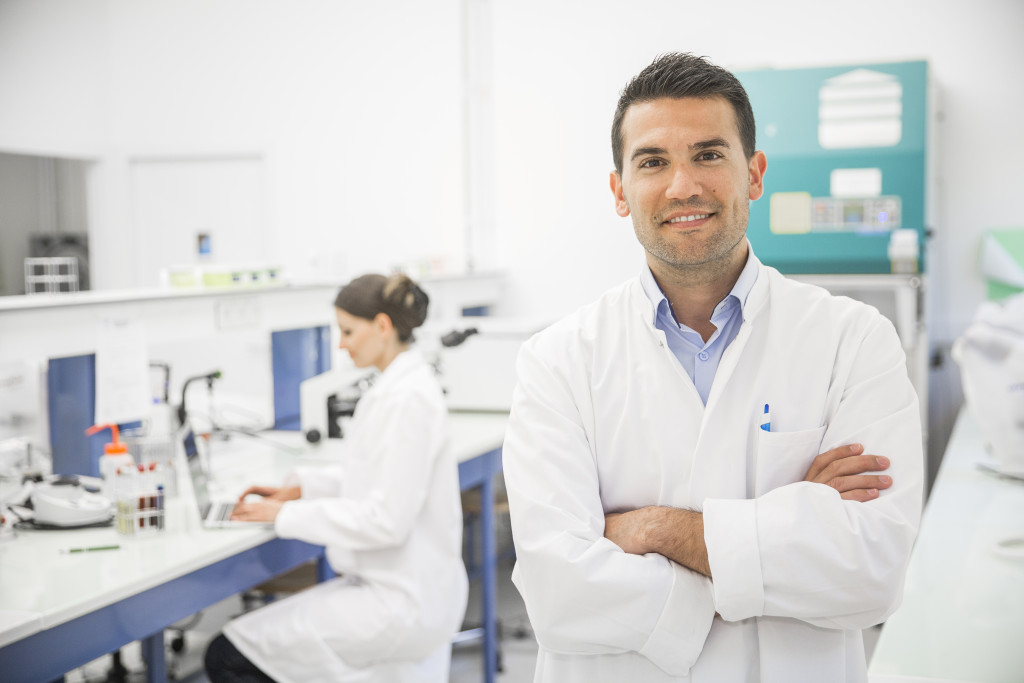- Healthcare professionals use a variety of modern methods to assess a patient’s condition, such as pulse oximetry and remote patient monitoring.
- Wearable devices, like smartwatches and fitness trackers, can help healthcare professionals detect early warning signs of health issues.
- Telemedicine allows healthcare professionals to conduct medical appointments remotely.
- Artificial intelligence (AI) can analyze large amounts of data to identify patterns and help healthcare professionals make more accurate diagnoses.
- AI can also be used to predict health outcomes, such as the likelihood of developing a particular condition.
When you visit a healthcare professional, it’s essential to know how they assess your condition. There are traditional methods of assessments, such as taking blood pressure and checking your pulse. However, with advances in technology, healthcare professionals are using modern techniques to assess your condition. In this blog, you will learn about a few modern ways healthcare professionals assess your condition that you need to know about.
Pulse Oximetry
Pulse oximetry is a non-invasive method used to measure the oxygen levels in your blood. A pulse oximeter, a small device that clips onto your finger, is attached with a puls oximeter adhesive. It then sends a beam of light through your skin to measure your oxygen levels. This method is helpful for patients with respiratory conditions, such as asthma or COPD.
It allows healthcare professionals to monitor the effectiveness of the patient’s medication or treatment plan. Not to mention it’s quick, painless, and safe for your skin as the pulse oximeter adhesive usually used is flexible, tear-resistant, breathable, and conforms to your finger. This adhesive also provides low-trauma adhesion for those with sensitive or fragile skin.
Remote Patient Monitoring

Remote patient monitoring is a technology that allows healthcare professionals to monitor patients’ health remotely. This technology can track a patient’s vital signs, medication adherence, and lifestyle habits.
With this information, healthcare professionals can adjust a patient’s treatment plan as needed. Remote patient monitoring is helpful for patients with chronic conditions, such as diabetes or heart disease.
Wearable Devices
Wearable devices, such as smartwatches or fitness trackers, are becoming more popular. These devices can track a person’s heart rate, steps taken, and sleep patterns. Healthcare professionals can use this information to assess a patient’s overall health.
Wearable devices can help healthcare professionals detect early warning signs of health problems and adjust treatment plans as needed. Wearable devices can also encourage patients to be more active and take better care of their health.
=Telemedicine
Telemedicine is a technology that allows healthcare professionals to conduct appointments with patients remotely. Patients can connect with healthcare professionals through video conferencing technology.
This method is helpful for patients who live in remote areas or have mobility issues. Telemedicine appointments can address a range of health concerns. Healthcare professionals can evaluate symptoms, review test results, and prescribe medications if needed.
Artificial Intelligence
Artificial intelligence (AI) is becoming more commonplace in healthcare. AI can process large amounts of data and find patterns that healthcare professionals may miss. This technology can be used to assess one’s condition in many ways. Here are four examples:
Analyzing symptoms and medical images.
By analyzing symptoms and medical images, AI can help healthcare professionals make more accurate diagnoses. It can also detect signs of disease progression. This technology can be used to monitor a patient’s condition over time.
Analyzing lab results.
AI can analyze patients’ lab results, such as blood tests and urine samples, to identify underlying health issues more quickly. This can help healthcare professionals make faster, more accurate treatment decisions.
Analyzing vitals.

AI can analyze a patient’s vital signs, such as heart rate and blood pressure, to detect early warning signs of health problems. This information can be used to anticipate and address potential issues before they become serious.
Predicting health outcomes.
AI can also be used to predict health outcomes, such as the likelihood of developing a particular condition or responding well to treatment plans. This helps healthcare professionals better prepare for and manage potential medical issues.
AI has the potential to revolutionize healthcare. With AI in healthcare, patients can receive more accurate and timely diagnoses and treatment plans.
Healthcare professionals are using a variety of modern methods to assess your condition. From pulse oximetry and remote patient monitoring to telemedicine and artificial intelligence, these technologies can revolutionize healthcare by promptly providing more accurate diagnoses and treatment plans.
With technological advances comes an increase in accuracy for assessing medical conditions, ultimately leading to better patient health outcomes. It is essential to stay informed about how doctors use different tools available today so that you can make sure they are making the best decisions possible when it comes to your care.
